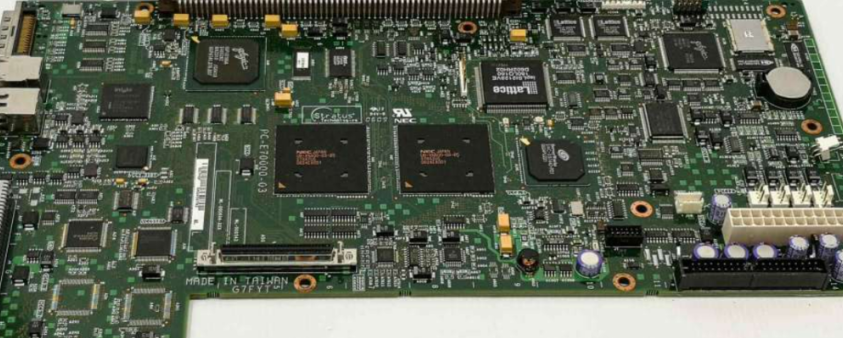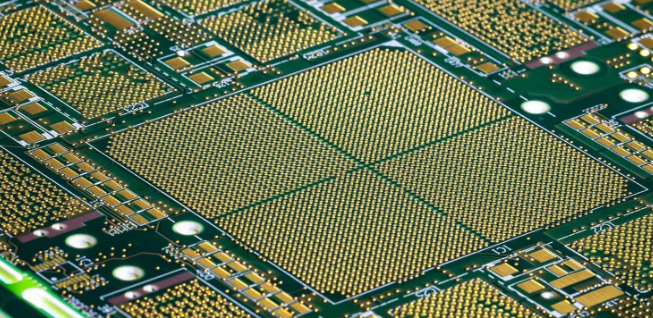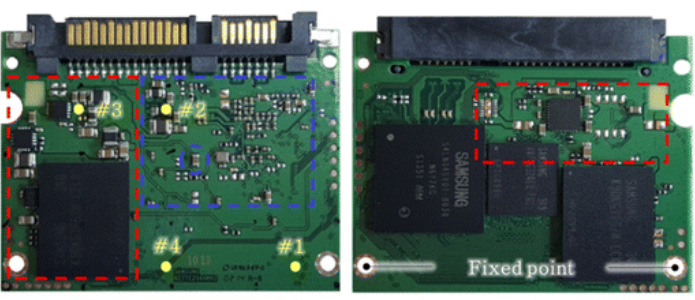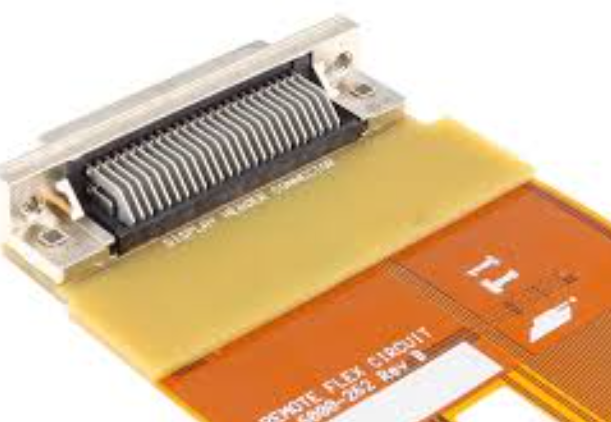The Growing Demand for PCB Motherboards: Trends, Drivers, and Future Outlook
Introduction
Printed Circuit Board (PCB) motherboards are the backbone of modern electronics, serving as the foundation for nearly all electronic devices—from smartphones and computers to industrial machinery and automotive systems. As technology advances, the demand for PCBs continues to grow, driven by innovations in consumer electronics, automation, artificial intelligence (AI), and the Internet of Things (IoT). This article explores the key factors fueling PCB motherboard demand, emerging trends, challenges, and future market projections.

1. Key Drivers of PCB Motherboard Demand
1.1 Expansion of Consumer Electronics
The consumer electronics sector remains the largest driver of PCB motherboard demand. Devices such as smartphones, laptops, tablets, and wearables rely heavily on advanced PCBs for functionality. With the rise of 5G technology, foldable devices, and high-performance computing, manufacturers require more sophisticated, high-density interconnect (HDI) PCBs to support faster processing speeds and miniaturization.
1.2 Growth of IoT and Smart Devices
The IoT ecosystem is expanding rapidly, connecting everything from home appliances to industrial sensors. Each IoT device requires a PCB motherboard to function, leading to increased production. Smart home devices, medical wearables, and industrial IoT (IIoT) solutions are particularly significant contributors to PCB demand.
1.3 Automotive Industry Evolution
Modern vehicles incorporate numerous electronic systems, including infotainment, advanced driver-assistance systems (ADAS), and electric vehicle (EV) battery management. The shift toward autonomous and electric vehicles is accelerating PCB motherboard demand, particularly for flexible and rigid-flex PCBs that can withstand harsh automotive environments.
1.4 AI and High-Performance Computing (HPC)
AI-driven applications, cloud computing, and data centers require high-speed, high-reliability PCBs. Servers, GPUs, and AI accelerators depend on multi-layer PCBs with superior thermal management and signal integrity. As AI adoption grows, so does the need for advanced PCB solutions.
1.5 Industrial Automation and Robotics
Industry 4.0 relies on automation, robotics, and smart manufacturing, all of which depend on robust PCB motherboards. Industrial PCBs must endure extreme conditions while maintaining precision, driving demand for durable, high-performance designs.
2. Emerging Trends in PCB Technology
2.1 Miniaturization and High-Density Interconnect (HDI) PCBs
As devices become smaller yet more powerful, HDI PCBs are essential. These boards feature finer traces, microvias, and multiple layers, enabling compact designs without sacrificing performance.
2.2 Flexible and Rigid-Flex PCBs
Flexible PCBs are gaining traction in wearables, medical devices, and automotive applications where space and weight constraints exist. Rigid-flex PCBs combine the benefits of both rigid and flexible boards, offering durability and design versatility.
2.3 Advanced Materials for High-Frequency Applications
With 5G and mmWave technologies, traditional PCB materials like FR-4 are being supplemented with high-frequency laminates (e.g., Rogers, Teflon) to reduce signal loss and improve performance.
2.4 Sustainable and Eco-Friendly PCBs
Environmental regulations are pushing manufacturers toward lead-free, halogen-free, and recyclable PCB materials. Companies are also adopting green manufacturing processes to reduce waste and energy consumption.
2.5 Additive Manufacturing (3D Printing) for PCBs
3D printing is emerging as a disruptive technology in PCB prototyping and low-volume production, enabling faster iterations and complex geometries.

3. Challenges in PCB Manufacturing and Supply Chain
3.1 Component Shortages and Supply Chain Disruptions
The global semiconductor shortage has impacted PCB production, leading to delays in electronics manufacturing. Supply chain resilience and local sourcing are becoming critical strategies.
3.2 Rising Material Costs
Fluctuations in copper, fiberglass, and resin prices affect PCB production costs, forcing manufacturers to optimize designs and seek alternative materials.
3.3 Technical Complexity in Advanced PCBs
As PCBs become more sophisticated, manufacturers face challenges in maintaining yield rates, signal integrity, and thermal management.
3.4 Environmental and Regulatory Compliance
Stricter regulations on hazardous substances (e.g., RoHS, REACH) require continuous adaptation in materials and processes.
4. Future Market Outlook
The global PCB market is projected to grow at a compound annual growth rate (CAGR) of around 4-6% from 2023 to 2030, reaching $100 billion+ by the end of the decade. Key growth areas include:
- 5G Infrastructure: Demand for high-frequency PCBs in base stations and networking equipment.
- Electric Vehicles (EVs): Increased adoption of PCBs in battery management and power electronics.
- Medical Electronics: PCBs for diagnostic devices, implants, and portable health monitors.
- Space and Defense: High-reliability PCBs for aerospace and military applications.
Conclusion
The demand for PCB motherboards is surging across industries, driven by technological advancements and the proliferation of smart devices. While challenges such as supply chain disruptions and material costs persist, innovations in HDI, flexible PCBs, and sustainable manufacturing are shaping the future of the industry. Companies that invest in R&D, automation, and eco-friendly practices will lead the next wave of PCB innovation, ensuring continued growth in this critical sector.





